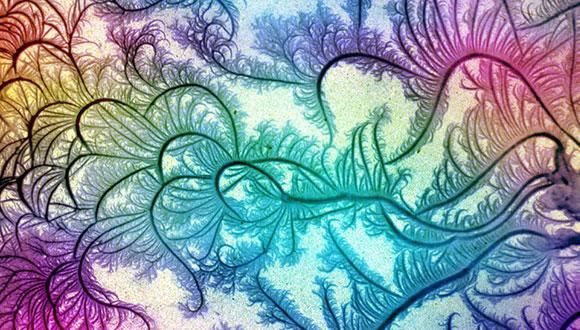Condensed Matter Seminar: Scanning SQUID-on-tip microscopy of vortex matter
Dr. Yonatan Anahori, WIS
Abstract:
NanoSQUIDs residing on the apex of a quartz tip (SOT), suitable for scanning probe microscopy with record size, spin sensitivity, and operating magnetic fields, are presented[1]. We have developed SOT made of Pb with an effective diameter of 46 nm and flux noise of Φn = 50 nΦ_0/Hz^1/2 at 4.2 K that is operational up to unprecedented high fields of 1 T[2]. The corresponding spin sensitivity of the device is Sn = 0.38 μ_B/Hz^1/2, which is about two orders of magnitude more sensitive than any other SQUID to date. A limitation which is common to all scanning SQUID systems is their sensitivity to only one component of the magnetic field. Recently, a new device that is fabricated by pulling a quartz tube with a “θ” shaped cross section overcomes this limitation [3]. This geometry gives rise to two parallel SQUID loops sharing a common branch. Using a focused ion beam, we then etch the tip so that the two SQUID loops become oblique with respect to each other. As a result of the 3D structure, the SQUID can be tuned in-situ to be sensitive to two orthogonal components of the magnetic field. We use this technique to study vortex matter in superconductors. At low vortex density and low currents, we measure the fundamental dependence of the elementary pinning force of multiple defects on the vortex displacement. The outstanding magnetic sensitivity of the SOT allows probing vortex displacements as small as 10 pm. This study reveals rich internal structure of the pinning potential and unexpected phenomena such as softening of the restoring force and abrupt depinning. The results shed new light on the importance of multi-scale random disorder on vortex dynamics and thermal relaxation. At high vortex density and high currents, we image the flow patterns of moving lattice revealing dynamic instabilities, plastic flow, and ordering.
[1] A. Finkler, Y. Segev, Y. Myasoedov, M. L. Rappaport, L. Neeman, D. Vasyukov, E. Zeldov, M. E. Huber, J. Martin and A. Yacoby, Nano Lett. 10, 1046 (2010).
[2] D. Vasyukov, Y. Anahory, L. Embon, D. Halbertal, J. Cuppens, L. Neeman, A. Finkler, Y. Segev, Y. Myasoedov, M. L. Rappaport, M. E. Huber, and E. Zeldov, Nature Nanotech. 8, 639 (2013).
[3] Y. Anahory, J. Reiner, L. Embon, D. Halbertal, A. Yakovenko, Y. Myasoedov, M.L. Rappaport, M. Huber and E. Zeldov, Nano Lett. (in press).
Seminar Organizer: Prof. Shimshon Barad


